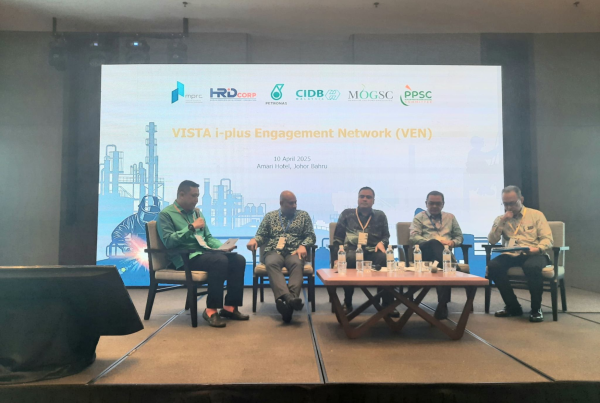
In 1988, the Building Research Establishment in the UK established BREEAM, the world’s first green building certification system. Under this system, buildings are assessed by independent licensed assessors using scientifically based sustainability metrics and indices covering a range of environmental issues, such as energy and water use, health and wellbeing, pollution, transport, materials, waste, ecology, and management processes.
Today, many green building certification schemes, including building standards, codes, and product certifications, are offered worldwide. Developers and asset owners generally use green building certificates for reputational reasons but can also accrue benefits.
According to a study of LEED-certified buildings, the US Green Building Council has found that energy, carbon, water, and waste can be reduced, resulting in 30 to 97% savings, respectively. Operating costs of green buildings can also be reduced by 8–9% while increasing in value up to 7.5%. Many sustainable buildings have also seen increases of up to 6.6% in return on investment, 3.5% in occupancy, and rent increases of 3%.
As tackling climate change becomes imperative, the building industry has to adopt a more responsible role. Certifying new buildings is straightforward, as using the latest technologies gives builders the advantage of starting from scratch as long as a healthy budget is provided for sustainability.
However, according to the International Energy Agency (IEA), 40% of the floor area of buildings in developed economies was built before 1980, before thermal regulations. The EU estimates that 35 million buildings will be renovated by 2030 to achieve net zero. A further challenge is to look at wider communities beyond individual buildings. To this end, LEED for Neighbourhood Development is a rating system that helps create and certify more sustainable and well-connected neighbourhoods, looking beyond the scale of buildings and considering entire communities.
Attractive neighbourhoods provide a balance of functionality and liveable spaces. These are the investors’ domain’s ESG or environmental, social, and governance elements. Green Real Estate Sustainability Benchmark (GRESB) provides a framework to measure the ESG performance of individual assets and portfolios based on self-reported data. Performance assessments are guided by what investors and the broader industries consider material issues and are aligned with the Sustainable Development Goals, the Paris Climate Agreement and major international reporting frameworks. GRESB publishes the globally aggregated benchmark data each year showing the state of ESG in the industry.
The benchmark evolves, ensuring scores reflect relative performance and evolving sustainability expectations.
So, for developers, asset owners and investors, there is nothing not to like about green building certification. Other than the cost savings and increases in real estate value, better indoor environmental quality, increases in natural daylighting, and healthier materials and products within green buildings have all been related to higher productivity and increased occupant health.
Written by: Dr Thomas Tang, CEO of PJ Sustainability Consulting Limited, is a professional advisor to corporations on sustainability, climate resilience, urban design, and social innovation. He is also a UN Scholar, an adjunct professor, and an author.














